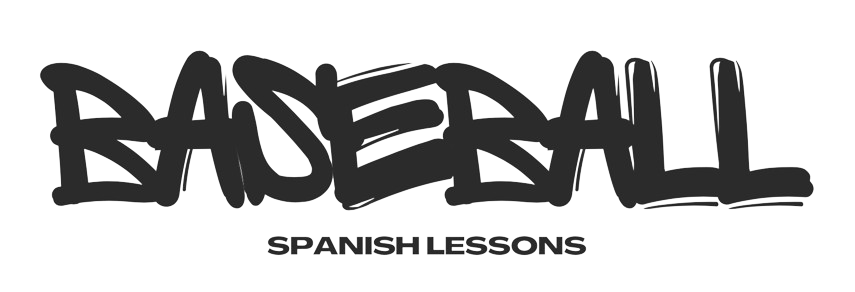How to Use Baseball Terms in Spanish: Real-World Scenarios for Players and Coaches
If you’ve already learned the basic baseball terms in Spanish, the next step is understanding how to use them in real-world scenarios. From coaching drills to on-field communication, knowing when and how to use these phrases is just as important as memorizing the vocabulary.
In this guide, we’ll explore practical ways to incorporate Spanish baseball terms into your interactions, so you can improve your communication and build better relationships with Spanish-speaking players and teammates.
Why Context Matters in Baseball Communication
Knowing the term "bola" means "ball" in Spanish is helpful—but understanding how to shout it during a high-pressure game or calmly explain it during practice is what truly sets you apart. Context helps you:
Communicate effectively during games.
Avoid misunderstandings in high-stakes moments.
Foster teamwork by showing respect for your players' language and culture.
Real-World Scenarios to Use Baseball Terms in Spanish
1. On-Field Commands
During games, quick and clear communication is essential. Use these phrases for common game scenarios:
"¡Lanza a primera!" – Throw to first!
"Corre rápido a la segunda base." – Run quickly to second base.
"¡Buen trabajo!" – Good job!
2. Drills and Practice
Coaching drills are a great time to incorporate Spanish phrases. Players will appreciate your effort to connect with them in their language.
"Practiquemos lanzamientos." – Let’s practice pitching.
"Hazlo de nuevo, pero más rápido." – Do it again, but faster.
"Mantén los ojos en la pelota." – Keep your eyes on the ball.
3. Building Camaraderie in the Dugout
Off-field communication builds trust and morale. Try these phrases in the dugout:
"¿Cómo te sientes?" – How are you feeling?
"¡Gran jugada ahí afuera!" – Great play out there!
"Confío en ti, tú puedes hacerlo." – I trust you, you can do it.
Pro Tips for Learning and Using Baseball Terms in Spanish
Listen to Your Players: Spanish-speaking players often have their own slang or idioms. Pay attention and learn these to sound more natural.
Example: In the Dominican Republic, "pelota" is often used for baseball instead of "béisbol."
Practice with Audio Lessons: Audio lessons help you learn pronunciation and practice in real-time scenarios. (Hint: Check out our Baseball Spanish Audio Lessons for a comprehensive guide!)
Don’t Worry About Being Perfect: Your effort matters more than your grammar. Players will appreciate your willingness to try, even if you make mistakes.
Resources to Master Baseball Terms in Spanish
Baseball Spanish Audio Lessons: Our program offers 30 audio lessons tailored for players, coaches, and anyone in professional baseball. Learn the essential terms and phrases you’ll actually use on the field.
Language Apps: Tools like Duolingo or Babbel can help with general Spanish, though they may not focus on baseball-specific vocabulary.
Practice with Teammates: Engage in casual conversations with Spanish-speaking players to refine your skills.
Final Thoughts
Learning baseball terms in Spanish is just the first step. To truly stand out, practice using these terms in real-life scenarios—whether you’re coaching, playing, or simply cheering from the dugout. By improving your communication, you’ll not only enhance team performance but also strengthen your connections with teammates from around the world.
Ready to take your Spanish to the next level? Check out our Baseball Spanish Audio Lessons and start mastering the phrases that matter most on the field.
